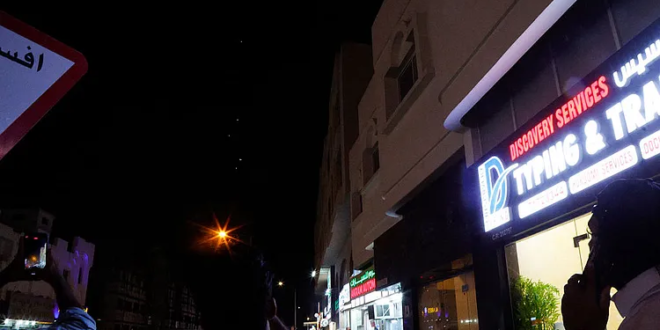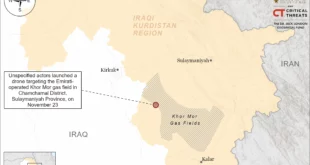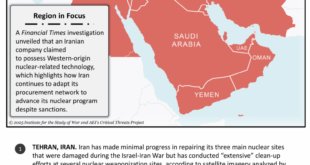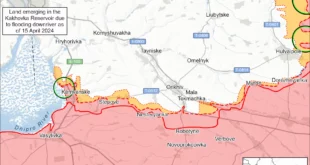It looked at first as though the Middle East war was about to kick into a new gear. On Monday, fewer than 36 hours after the U.S. bombed three Iranian nuclear enrichment facilities, Iran shot about 14 ballistic missiles at the Al Udeid military base north of Doha, Qatar—an American base that houses between 8,000 and 10,000 U.S. military personnel.
By 1 p.m. on Monday, Qatari spokesman Dr. Majed Al Ansari had taken to X to threaten a military response “in a manner equivalent with the nature and scale of this brazen aggression” by Iran. This exchange rapidly stoked fears that the Trump administration’s Saturday air strikes risked setting off a much broader regional war. Influential anti-interventionists, such as talk show host Tucker Carlson, offered prayers for the U.S. on his podcast.
But at 6:02 p.m., President Trump announced on Truth Social, his social media platform, that “a Complete and Total CEASEFIRE” had been agreed upon by Israel and Iran. It was set to begin, Trump said, in six hours, and would end what he called “THE 12 DAY WAR.”
At the time of this writing, neither Israel nor Iran had confirmed the deal. And shortly after Trump’s announcement, CNN followed up with a report that the Iranians had not received any ceasefire proposal and that, according to a senior Iranian official, Iran “is on the verge of intensifying its retaliatory strikes, with no ear to listen to the lies of its enemies.”
Trump administration officials, who spoke to The Free Press after the announcement, assumed the ceasefire was real, but still questioned whether the Iranians would abide by it. “That’s a terrible decision for them,” one told me. “Let’s see.”
 Eurasia Press & News
Eurasia Press & News



